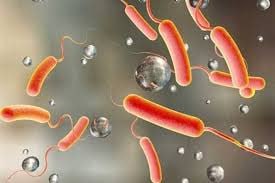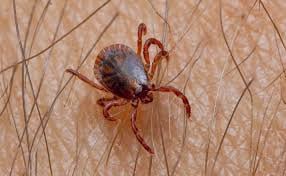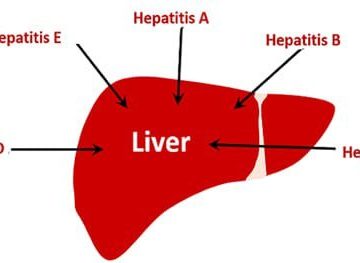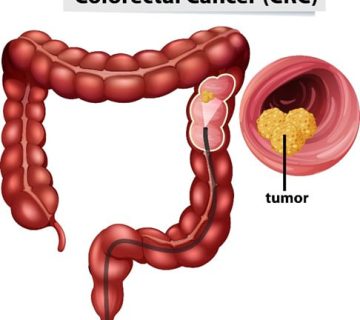Key facts
- Cholera is an acute diarrhoeal disease that can kill within hours if left untreated.
- Cholera is a disease of poverty affecting people with inadequate access to safe water and basic sanitation.
- Conflict, unplanned urbanization and climate change all increase the risk of cholera.
- Researchers have estimated that each year there are 1.3 to 4.0 million cases of cholera, and 21 000 to 143 000 deaths worldwide due to cholera .
- Most of those infected have no or mild symptoms and can be successfully treated with oral rehydration solution.
- Severe cases need rapid treatment with intravenous fluids and antibiotics.
- Provision of safe water and basic sanitation, and hygiene practices is critical to prevent and control the transmission of cholera and other waterborne diseases.
- Oral cholera vaccines should be used in conjunction with improvements in water and sanitation to control cholera outbreaks and for prevention in areas known to be high risk for cholera.
- A global strategy on cholera control, Ending cholera: a global roadmap to 2030, with a target to reduce cholera deaths by 90% was launched in 2017.
Overview
Cholera is an acute diarrhoeal infection caused by ingestion of food or water contaminated with the bacterium Vibrio cholerae. Cholera remains a global threat to public health and an indicator of inequity and lack of social development.
Symptoms
Cholera is an extremely virulent disease transmitted through the ingestion of contaminated food or water. Cholera can cause severe acute watery diarrhoea and the severe forms of the disease can kill within hours if left untreated.
Most people infected with V. cholerae do not develop any symptoms, although the bacteria are present in their faeces for 1–10 days after infection and are shed back into the environment, potentially infecting other people.
Among people who develop symptoms, the majority have mild or moderate symptoms. It takes between 12 hours and 5 days for a person to show symptoms. A minority of patients develop acute watery diarrhoea with severe dehydration. This can lead to death if left untreated.
Epidemiology, risk factors and disease burden
Cholera can be endemic or epidemic. A cholera-endemic area is an area where confirmed cholera cases were detected during the last 3 years with evidence of local transmission (meaning the cases are not imported from elsewhere). A cholera outbreak/epidemic can occur in both endemic countries and in countries where cholera does not regularly occur.
Cholera transmission is closely linked to inadequate access to clean water and sanitation facilities. Typical at-risk areas include peri-urban slums, as well as camps for internally displaced persons or refugees.
The consequences of a humanitarian crisis – such as disruption of water and sanitation systems, or the displacement of populations to inadequate and overcrowded camps – can increase the risk of cholera transmission, should the bacteria be present or introduced. Uninfected dead bodies have never been reported as the source of epidemics.
The number of cholera cases reported to WHO has continued to be high over the last few years. During 2023, 535 321 cases and 4007 deaths were reported to WHO from 45 countries. The discrepancy between these figures and the estimated burden of the disease is due to many cases not being recorded due to limitations in surveillance systems and fear of impact on trade and tourism.
Treatment
Cholera is an easily treatable disease. The majority of people can be treated successfully through prompt administration of oral rehydration solution (ORS). The WHO/UNICEF ORS standard sachet is dissolved in 1 litre (L) of clean water. Adult patients may require up to 6 L of ORS to treat moderate dehydration on the first day.
Severely dehydrated patients are at risk of shock and require the rapid administration of intravenous fluids. These patients are also given appropriate antibiotics to diminish the duration of diarrhoea, reduce the volume of rehydration fluids needed, and shorten the amount and duration of V. cholerae excretion in their stool.
All patients should begin to eat safely prepared, regular local food as soon as they can safely do so.
Breastfeeding should also be promoted.
Rapid access to treatment is essential during a cholera outbreak. Oral rehydration should be available in communities, including at specific oral rehydration points (ORPs), in addition to larger treatment centres that can provide intravenous fluids and 24-hour care. With early and proper treatment, the case fatality rate should remain below 1%.
Zinc is an important adjunctive therapy for children under 5, which also reduces the duration of diarrhoea and may prevent future episodes of other causes of acute watery diarrhoea.
Mass administration of antibiotics is not recommended, as it has no proven effect on the spread of cholera and may contribute to antimicrobial resistance.
Oral cholera vaccines
Currently there are 3 WHO pre-qualified oral cholera vaccines (OCV): Dukoral®, Shanchol™, and Euvichol-Plus®. All 3 vaccines require 2 doses for full protection (4).
Dukoral® is administered with a buffer solution that, for adults, requires 150 ml of clean water. Dukoral can be given to all individuals over the age of 2 years. There must be a minimum of 7 days, and no more than 6 weeks, delay between each dose. Children aged 2–5 years require a third dose. Dukoral® is mainly used for travellers. Two doses of Dukoral® provide protection against cholera for 2 years.
Shanchol™ and Euvichol-Plus® have the same vaccine formula, produced by 2 different manufacturers. They do not require a buffer solution for administration. They are given to all individuals over the age of 1 year. There must be a minimum of 2 weeks delay between each dose of these 2 vaccines. Two doses of Shanchol™ and Euvichol-Plus® provide protection against cholera for at least 3 years, while 1 dose provides short term protection.
Shanchol™ is prequalified to be used in a controlled temperature chain, an innovative approach to vaccine management allowing vaccines to be kept at temperatures outside of the traditional cold chain of +2°C to +8°C for a limited period of time under monitored and controlled conditions.
Shanchol™ and Euvichol-Plus® are the vaccines currently available for mass vaccination campaigns through the Global OCV Stockpile with the support of Gavi, the Vaccine Alliance.
Based on the available evidence, the August 2017 WHO position paper on vaccines against cholera states that:
- OCV should be used in areas with endemic cholera, in humanitarian crises with high risk of cholera, and during cholera outbreaks; always in conjunction with other cholera prevention and control strategies;
- vaccination should not disrupt the provision of other high priority health interventions to control or prevent cholera outbreaks; and
- more than 145 million doses of OCV have been used in mass vaccination campaigns since the creation of the stockpile. The campaigns have been implemented in areas experiencing an outbreak, in areas at heightened vulnerability during humanitarian crises, and among populations living in highly endemic areas, known as hotspots.
References
- Updated global burden of cholera in endemic countries.Ali M, Nelson AR, Lopez AL, Sack D. (2015). PLoS Negl Trop Dis 9(6): e0003832. doi:10.1371/journal.pntd.0003832. https://www.ncbi.nlm.nih.gov/pmc/articles/PMC4455997/
- The incubation period of cholera: a systematic review. Azman AS, Rudolph KE, Cummings DA, Lessler J. J Infect. 2013;66(5):432-8. doi: 10.1016/j.jinf.2012.11.013. PubMed PMID: 23201968; PubMed Central PMCID: PMC3677557. https://www.ncbi.nlm.nih.gov/pubmed/23201968
- Cholera Annual Report 2023. Weekly Epidemiological Record, 9 September 2024, Vol 99 (36), (pp 481- 496).
- Cholera vaccines: WHO position paper – August 2017. Weekly Epidemiological Record 25 August 2017, No 34, 2017, 92, 477–500. http://apps.who.int/iris/bitstream/10665/258764/1/WER9234-477-498.pdf
Asst Prof Dr Noor R. Al-Hasani
The head of electronic health unit
12-11-2024








